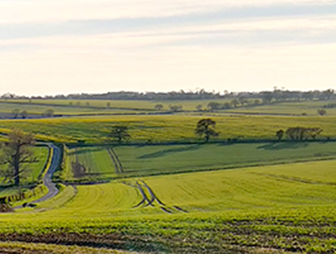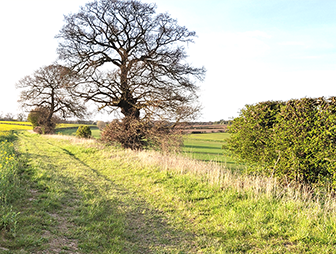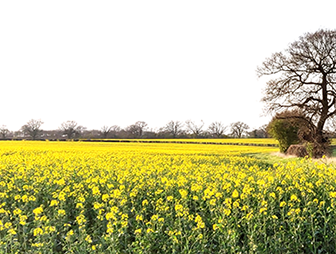by Stanley West & Robert Carr
Archaeological and documentary studies are not entirely separate aspects of history, merely different sources. For the late Saxon and early Medieval periods the two threads are so closely knit as to require complimentary study, this was the starting point for these volumes.
Our aim has been to provide a primer, a book which draws together separate strands of information into a ‘parts list’ where they can be readily identified, compared and refashioned into constructive interpretation and thought.
Originally the Suffolk Archaeological Unit created a form specifically to cover the period of the earliest written history of the county. This pilot scheme was completed in 1984 by Mrs Jenny Manning, who was employed as an historian working on our archaeological ‘Community Programmes’ scheme. The potential of this synoptic treatment of parish history was immediately apparent and we decided to attempt a much more ambitious treatment of the historical resources of the county.
Acknowledging our limitations as specialist local historians, it was at this juncture that we asked the advice of David Dymond; he had already devised a record form with the purpose of encouraging his extra-mural students to survey their own parishes, and to compare them with neighbouring communities. He also drew up a list of sources which might be used on this enlarged form, focusing particularly on printed works which cover large geographical areas. His supervision of the content and advice to the compilers has been fundamental to the project.
The finance for the first two years’ work came through the Community Programmes scheme of Suffolk County Planning department, and since 1987 from both the Geoffrey Burton and the Scarfe Charitable Trusts.
The research work was begun in 1985. Wendy Goult, appointed in 1986, completed the forms for the great bulk of the county and, because of the scope of her revision of the earlier work by Mark Barnard to produce a consistent text and format throughout, rightly deserves to be recorded as the researcher of the whole work.
The generous support of the grant giving trusts and David Dymond, together with the devotion of the researcher to her task will, we are certain, be rewarded by the assurance that the book will join the likes of ‘Coppinger’ as one of the first to be consulted when an archaeological or historical project or just a general question about Suffolk comes to mind.


